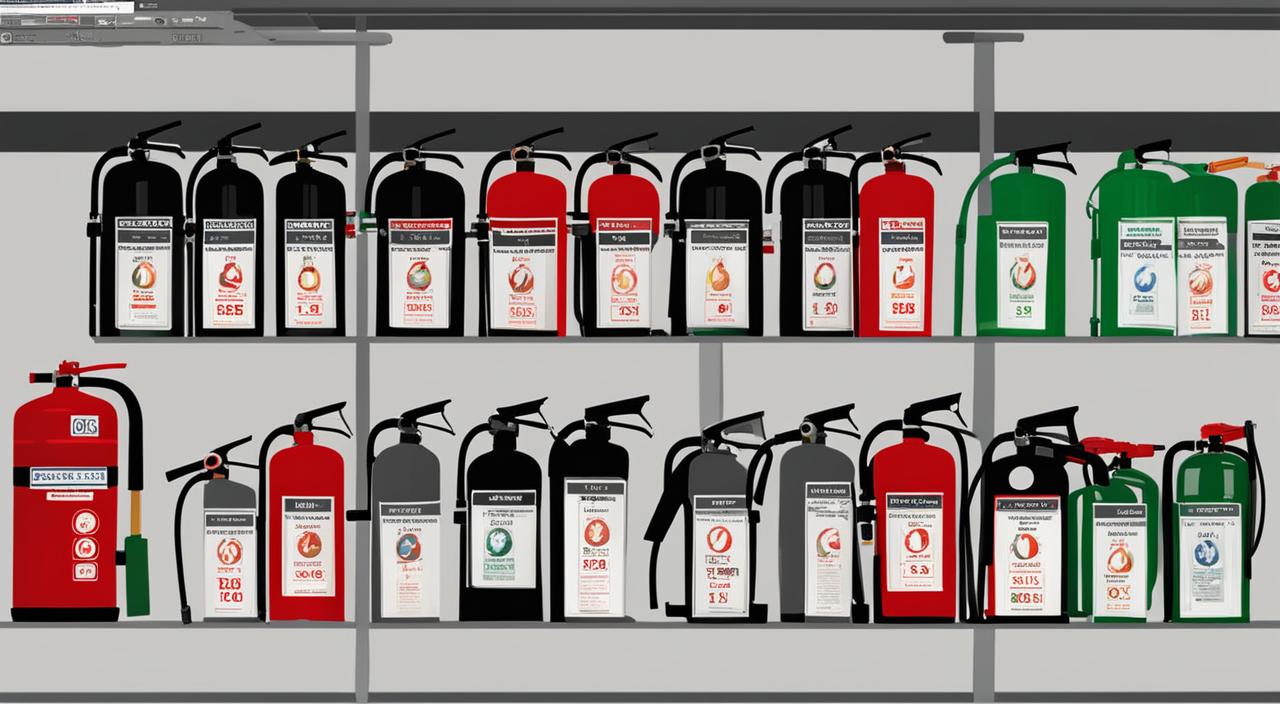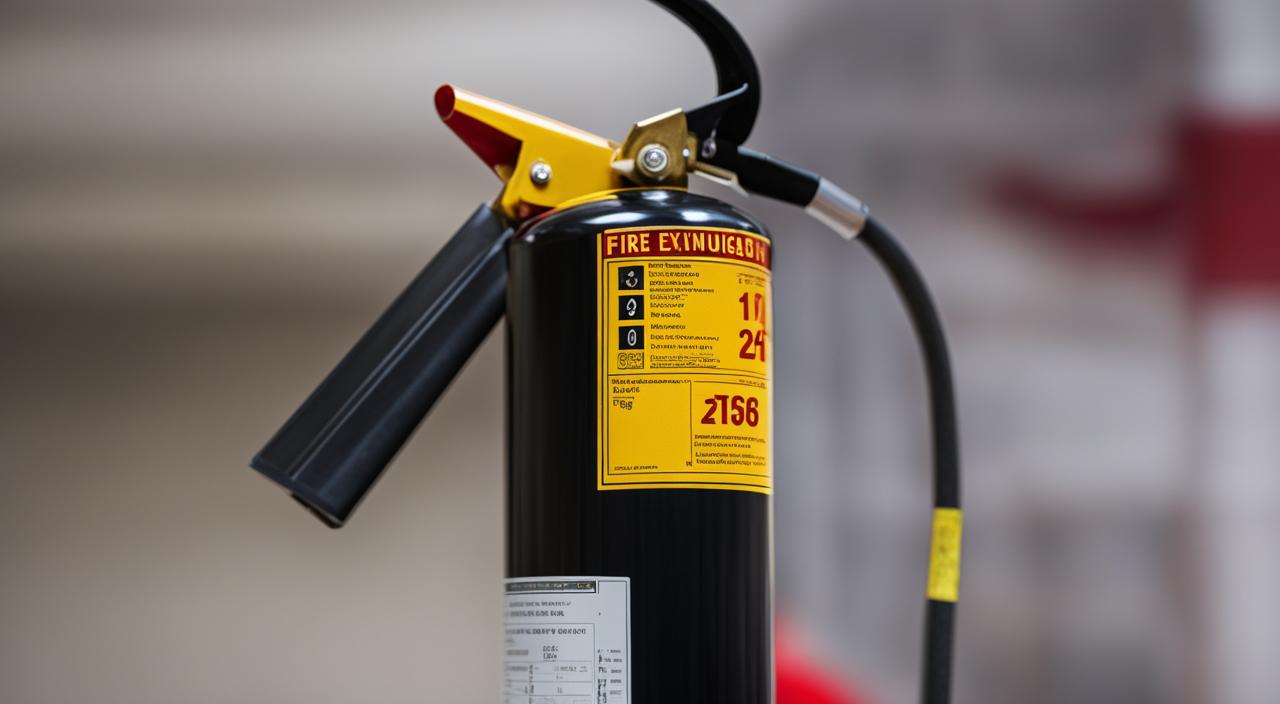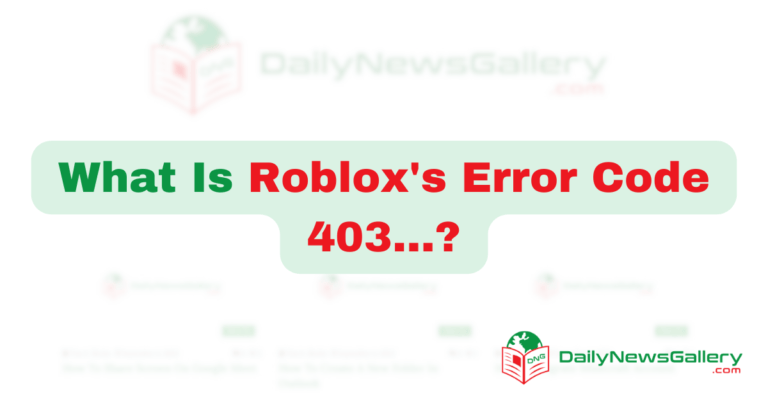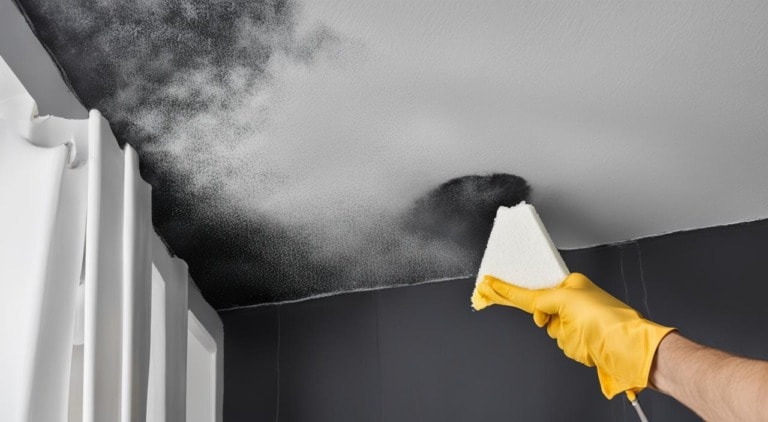
Fire extinguishers play a crucial role in protecting lives and property in the event of a fire. But have you ever wondered what those numbers on fire extinguishers actually mean? In this article, we’ll decode the numbers and help you understand their significance.
Fire extinguishers are labeled with different letters and numbers that indicate their classification and size ratings. Let’s start with the classifications. The letter on a fire extinguisher represents its class, which tells you the type of fire it can effectively fight.
For example, Class A extinguishers are suitable for ordinary combustible fires, while Class B extinguishers are designed for flammable liquid fires. Other classes include Class C for electrical fires, Class D for combustible metal fires, and Class K for cooking fires caused by flammable oils and greases.
Now, let’s talk about the size ratings. The size rating on a fire extinguisher indicates the amount of extinguishing agent it contains. For example, a fire extinguisher labeled 4A:20B:C has a size rating of 4A for water equivalency and 20B for square footage coverage of flammable liquid fires.
The Class A size rating represents water equivalency, with each number representing 1 ¼ gallons of water. The Class B size rating indicates the square footage coverage of the extinguisher for flammable liquid fires.
Understanding these numbers is crucial for choosing the right fire extinguisher for your specific needs. Whether it’s a small Class A fire or a large Class B fire, having the right size rating and classification is essential for effective fire suppression.
Knowing Fire Extinguisher Classes
Fire extinguisher classes play a crucial role in determining their effectiveness in combating different types of fires. It is essential to understand the various classes to ensure the right extinguisher is chosen for specific fire hazards.
Class A: This class of fire extinguishers is designed to tackle ordinary combustible fires, such as those involving wood, paper, or cloth. These extinguishers are filled with water or foam-based agents that smother the flames and cool the burning material.
Class B: Flammable liquid fires, such as those caused by gasoline, oil, or grease, require Class B extinguishers. These extinguishers contain foam or powder-based agents that work to suppress the fire by interrupting the chemical reaction needed for combustion.
Class C: Electrical fires pose a unique challenge due to the presence of live electrical currents. Class C extinguishers are specifically designed to combat these fires safely. They contain non-conductive agents, such as carbon dioxide or dry chemical powder, to smother the flames and eliminate the risk of electric shock.
Class D: Combustible metal fires, such as those involving magnesium, lithium, or titanium, require specialized Class D extinguishers. These extinguishers are filled with agents like dry powder or sand, which act to absorb the heat and cut off the oxygen supply, extinguishing the fire.
Class K: Cooking fires caused by flammable oils and greases necessitate Class K extinguishers. These extinguishers use a liquid spray or mist to cool the fire and create a barrier between the fuel and oxygen.
By understanding the different fire extinguisher classes, individuals can make informed decisions about which extinguishers to use in their specific environments, ensuring the safety of themselves and others.
Decoding Fire Extinguisher Size Ratings
When it comes to fire extinguishers, understanding the size ratings is essential in ensuring you have the right equipment to combat fires effectively.
The numbers on fire extinguisher labels provide crucial information about the extinguisher’s capabilities and coverage. Let’s dive into the decoding of fire extinguisher size ratings.
Class A Size Ratings: Water Equivalency
The size rating of a fire extinguisher can vary depending on its class. For Class A fires, the number represents water equivalency. Each number corresponds to 1 ¼ gallons of water. For example, a 2A size rating indicates that the fire extinguisher has the extinguishing power equivalent to 2 ½ gallons of water, while a 4A rating is equivalent to 5 gallons of water.
Class B Size Ratings: Square Footage Coverage
When it comes to extinguishing flammable liquid fires (Class B), the size rating indicates the extinguisher’s square footage coverage. For instance, a 20B size rating means that the extinguisher can cover an area of 20 square feet in the event of a flammable liquid fire.
Choosing the Right Size Rating
Choosing the appropriate size rating for your fire extinguisher depends on the potential fire hazards in your environment. Consider factors such as the size of your building and the types of fires that are likely to occur. It’s crucial to select a fire extinguisher with a size rating that matches the specific needs of your space, ensuring optimal fire safety and coverage.
By understanding the significance of fire extinguisher size ratings, you can make informed decisions when it comes to selecting the right equipment to protect your property and the people within it. It’s always recommended to consult with fire safety experts who can guide code-compliant fire extinguishers tailored to your requirements.

Choosing the Right Fire Extinguishers
When it comes to fire safety, selecting the right fire extinguishers is crucial. The safety of your building and its occupants depends on having code-compliant fire extinguishers that are suitable for the potential fire risks in your environment.
One of the key factors to consider is the square footage of your building. Larger buildings may require multiple fire extinguishers strategically placed throughout the premises to ensure quick access in case of a fire. This helps to minimize the time it takes to reach a fire and extinguish it before it spreads.
Additionally, it is important to assess the types of fires that are likely to occur in your building. Different fire extinguisher classes are designed to combat specific types of fires, such as Class A for ordinary combustible fires, Class B for flammable liquid fires, and Class C for electrical fires. By understanding the potential fire hazards in your environment, you can choose the appropriate fire extinguishers that will effectively suppress the flames.
For expert guidance in selecting code-compliant fire extinguishers tailored to your specific needs, it is advisable to consult with fire safety professionals. Guardian Fire Protection, with over 40 years of experience in the industry, offers valuable advice and assistance in choosing the right fire extinguishers for businesses in Maryland, DC, and Virginia.
Their expertise ensures that your fire extinguisher selection is in line with fire safety regulations, providing optimal protection and peace of mind.






